-
 Bitcoin
Bitcoin $118,698.3676
0.16% -
 Ethereum
Ethereum $3,428.4877
5.97% -
 XRP
XRP $3.2496
9.52% -
 Tether USDt
Tether USDt $1.0002
0.00% -
 BNB
BNB $725.6930
4.36% -
 Solana
Solana $174.8923
4.52% -
 USDC
USDC $0.9997
-0.02% -
 Dogecoin
Dogecoin $0.2139
6.02% -
 TRON
TRON $0.3155
4.62% -
 Cardano
Cardano $0.8045
7.12% -
 Hyperliquid
Hyperliquid $46.6582
-1.72% -
 Stellar
Stellar $0.4676
0.80% -
 Sui
Sui $4.0143
0.38% -
 Chainlink
Chainlink $17.1546
2.97% -
 Hedera
Hedera $0.2458
3.27% -
 Bitcoin Cash
Bitcoin Cash $496.5967
-0.06% -
 Avalanche
Avalanche $22.8813
3.13% -
 Shiba Inu
Shiba Inu $0.0...01439
3.42% -
 UNUS SED LEO
UNUS SED LEO $8.8389
0.42% -
 Toncoin
Toncoin $3.2113
2.82% -
 Litecoin
Litecoin $101.2646
4.24% -
 Polkadot
Polkadot $4.2262
2.32% -
 Monero
Monero $340.4295
2.92% -
 Pepe
Pepe $0.0...01365
2.92% -
 Uniswap
Uniswap $8.9702
-2.78% -
 Bitget Token
Bitget Token $4.7675
2.00% -
 Dai
Dai $0.9998
-0.02% -
 Ethena USDe
Ethena USDe $1.0003
-0.04% -
 Aave
Aave $324.6394
-2.11% -
 Bittensor
Bittensor $433.6051
-0.88%
What are the maker and taker fees on OKX?
OKX offers lower maker fees (0.02% to -0.02%) for adding liquidity and higher taker fees (0.05% to 0.1%) for removing it, with discounts available through OKB holdings and trading volume.
Jul 12, 2025 at 09:42 am
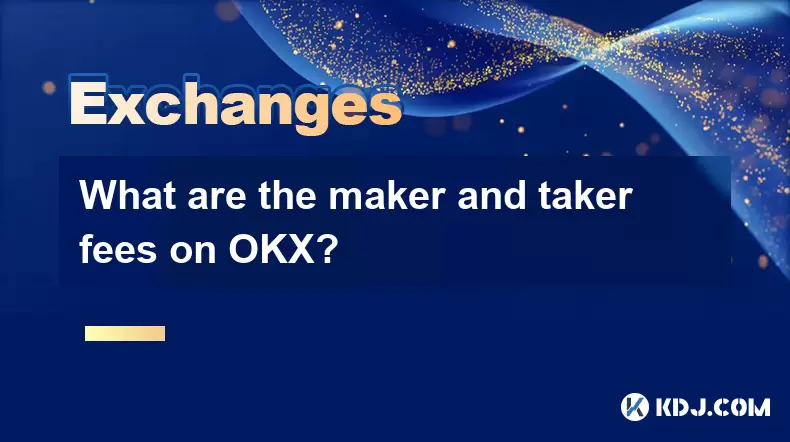
Understanding Maker and Taker Fees on OKX
On OKX, the concept of maker and taker fees is central to how trading costs are calculated for users. These fees are tied directly to the role a trader plays when placing an order: either adding liquidity (maker) or removing it (taker).
A maker is someone who places a limit order that does not immediately get filled. This means they are "making" liquidity by waiting for another user to match their price. In contrast, a taker is someone who places an order that gets executed instantly against existing orders in the order book, thereby "taking" liquidity from the market.
Important: On OKX, makers usually pay lower fees or even receive rebates because they contribute to market depth, while takers typically incur higher fees since they remove available liquidity.
How Are Maker and Taker Fees Structured?
The fee structure on OKX is dynamic and can vary based on several factors including the type of trade (spot, futures, options), your 30-day trading volume, and whether you hold OKB tokens. Here’s a general breakdown:
- Maker Fee: Typically ranges between 0.02% and -0.02% (rebate).
- Taker Fee: Usually between 0.05% and 0.1%.
These percentages may appear small, but over time and with high trading volumes, they can significantly affect overall profitability.
Important: Users with higher trading volumes or those holding OKB tokens often enjoy reduced fees or better rebate structures.
Factors Influencing Maker and Taker Fees
Several variables determine the exact rate of maker and taker fees on OKX:
- Trading Pair: Different currency pairs may have different fee schedules.
- User Tier Level: Based on your 30-day trading volume, OKX assigns users to different VIP tiers which come with varying fee discounts.
- OKB Holding: Holding OKB tokens entitles traders to additional benefits, such as reduced transaction costs.
- Type of Trading: Spot, margin, futures, and perpetual contracts each have their own fee models.
Important: Traders should always check the current fee schedule under their account settings or on the official OKX fee page, as these values can change periodically.
Fees Applicable to Futures Trading
Futures trading on OKX also distinguishes between makers and takers, though the fee percentages differ slightly from spot trading:
- Futures Maker Fee: Can go as low as -0.015% (a rebate).
- Futures Taker Fee: Often around 0.02% to 0.06%, depending on the contract and tier level.
Leveraged positions and perpetual contracts attract these fees every time a trade is executed.
Important: Futures traders must be especially mindful of funding rates and position sizes, as these can compound the impact of maker/taker fees over time.
Checking Your Maker and Taker Fees on OKX
To view your specific maker and taker fees:
- Log into your OKX account.
- Navigate to the Trade Page for the asset you're interested in.
- Look for the Fee Rate Section, usually located near the order placement form.
- Alternatively, go to Account Settings > Fee Rates to see a comprehensive list based on your VIP tier and OKB holdings.
Important: Always verify your current fee status before executing large trades to avoid unexpected charges.
Strategies to Minimize Maker and Taker Fees
There are several ways traders can reduce the cost associated with maker and taker fees:
- Use Limit Orders: By placing limit orders instead of market orders, you become a maker and benefit from lower fees or rebates.
- Hold OKB Tokens: Staking OKB can unlock significant fee reductions.
- Increase Trading Volume: As your 30-day trading volume grows, so does your VIP tier, resulting in more favorable fee rates.
- Monitor Fee Schedules Regularly: Stay updated on any changes to OKX’s fee policy.
Important: Employing a mix of these strategies can help optimize your trading efficiency and minimize transaction costs.
Frequently Asked Questions (FAQs)
Q: Do all trading pairs on OKX have the same maker and taker fees?
No, fee structures can vary across different trading pairs. For example, stablecoin pairs might have different rates compared to BTC or ETH-based pairs. It's best to check individual pair details on the OKX platform.
Q: Is there a way to become a maker if I place a market order?
No, market orders are designed to execute immediately at the best available price, which makes them taker orders by default. To qualify as a maker, you must use a limit order that doesn’t get filled instantly.
Q: How does holding OKB affect my maker and taker fees?
Holding OKB allows users to access discounted fee tiers. The more OKB you hold (or stake), the greater the discount. This applies to both maker and taker transactions.
Q: Are fees charged in the same currency as the trading pair?
Yes, fees are generally deducted from the quote currency of the trading pair. However, OKX also allows users to choose OKB as the settlement token for fees, which can result in further savings.
Disclaimer:info@kdj.com
The information provided is not trading advice. kdj.com does not assume any responsibility for any investments made based on the information provided in this article. Cryptocurrencies are highly volatile and it is highly recommended that you invest with caution after thorough research!
If you believe that the content used on this website infringes your copyright, please contact us immediately (info@kdj.com) and we will delete it promptly.
- Maharashtra Government Nurses Launch Indefinite Strike: A Healthcare Crisis?
- 2025-07-18 04:30:13
- Hilbert Group, Syntetika, and Tokenization: Bridging DeFi and Institutional Finance
- 2025-07-18 05:30:12
- Crypto Regulation in the US House: Decoding the CLARITY Act and What It Means for You
- 2025-07-18 04:30:13
- Superman Soars on Coins and Medals: A Collector's Guide to Comic Art Treasures
- 2025-07-18 05:30:12
- Bitcoin Whale Wallets in Motion: What's the Buzz?
- 2025-07-18 05:35:13
- Pepeto, Dogecoin, Popcat: Meme Coin Mania in 2025!
- 2025-07-18 05:50:12
Related knowledge
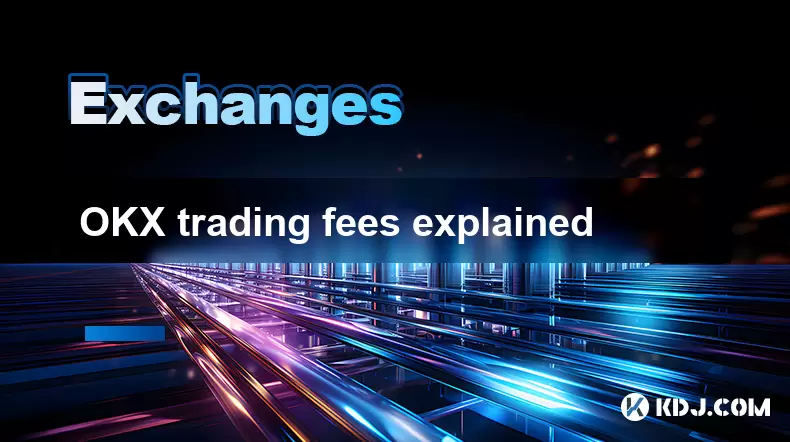
OKX trading fees explained
Jul 18,2025 at 05:42am
What Are Trading Fees on OKX?OKX trading fees refer to the charges applied to users when they perform trades on the platform. These fees vary dependin...
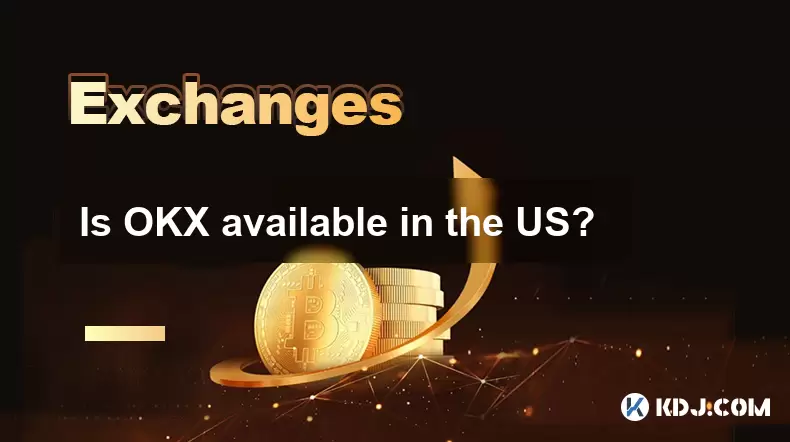
Is OKX available in the US?
Jul 18,2025 at 06:00am
Overview of OKX and Its Global AvailabilityOKX is one of the world’s leading cryptocurrency exchanges, offering a wide range of services including spo...
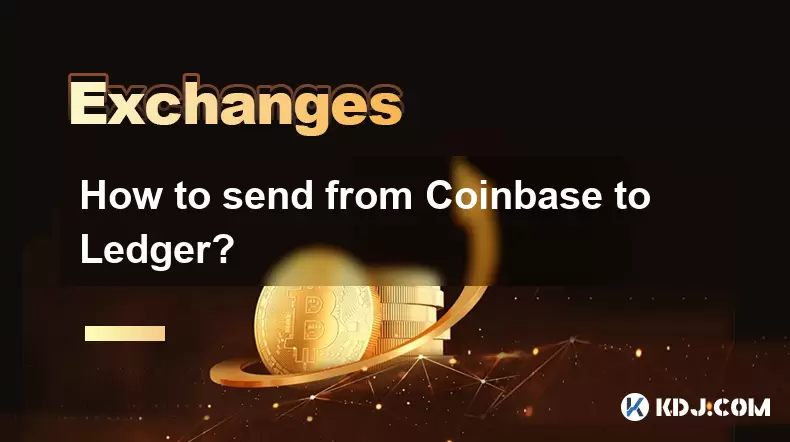
How to send from Coinbase to Ledger?
Jul 18,2025 at 03:56am
Connecting Your Coinbase and Ledger AccountsBefore you can send funds from Coinbase to Ledger, ensure that both accounts are properly set up. You shou...
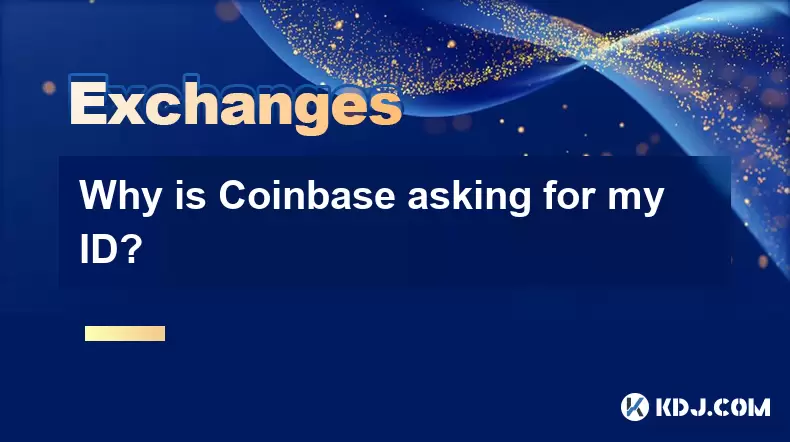
Why is Coinbase asking for my ID?
Jul 18,2025 at 05:50am
Understanding Coinbase’s Identity Verification ProcessIf you're using Coinbase, you might have encountered prompts asking for your ID during account c...
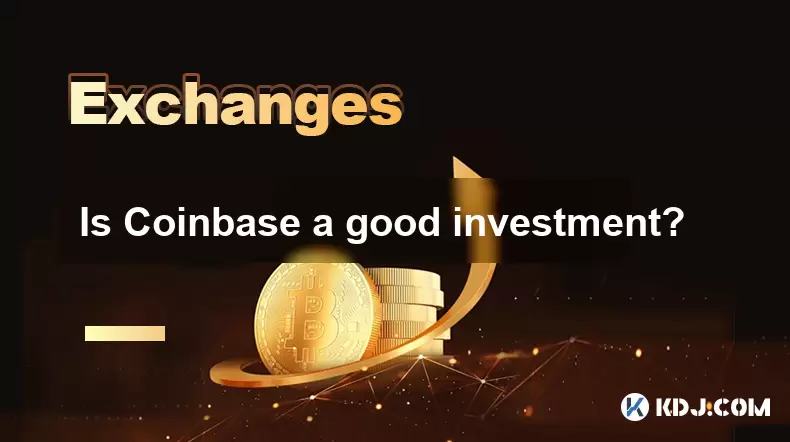
Is Coinbase a good investment?
Jul 18,2025 at 03:42am
Understanding Coinbase's Role in the Cryptocurrency EcosystemCoinbase is one of the most recognized cryptocurrency exchanges globally, offering servic...
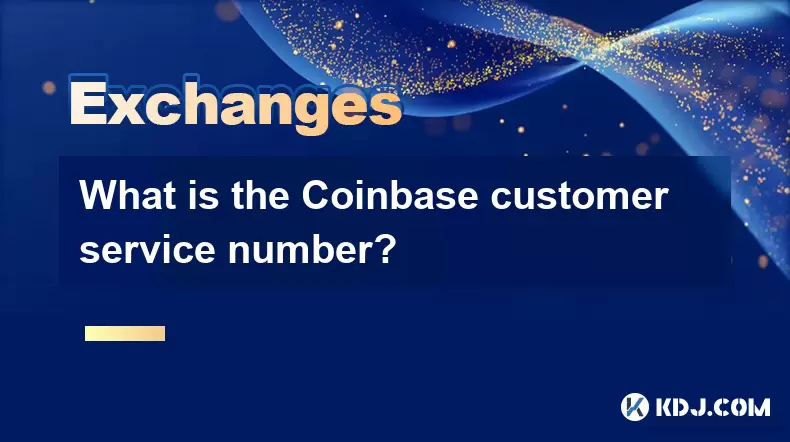
What is the Coinbase customer service number?
Jul 18,2025 at 02:22am
Understanding Coinbase and Its Support ChannelsCoinbase is one of the most widely used cryptocurrency platforms globally, offering services such as bu...

OKX trading fees explained
Jul 18,2025 at 05:42am
What Are Trading Fees on OKX?OKX trading fees refer to the charges applied to users when they perform trades on the platform. These fees vary dependin...

Is OKX available in the US?
Jul 18,2025 at 06:00am
Overview of OKX and Its Global AvailabilityOKX is one of the world’s leading cryptocurrency exchanges, offering a wide range of services including spo...

How to send from Coinbase to Ledger?
Jul 18,2025 at 03:56am
Connecting Your Coinbase and Ledger AccountsBefore you can send funds from Coinbase to Ledger, ensure that both accounts are properly set up. You shou...

Why is Coinbase asking for my ID?
Jul 18,2025 at 05:50am
Understanding Coinbase’s Identity Verification ProcessIf you're using Coinbase, you might have encountered prompts asking for your ID during account c...

Is Coinbase a good investment?
Jul 18,2025 at 03:42am
Understanding Coinbase's Role in the Cryptocurrency EcosystemCoinbase is one of the most recognized cryptocurrency exchanges globally, offering servic...

What is the Coinbase customer service number?
Jul 18,2025 at 02:22am
Understanding Coinbase and Its Support ChannelsCoinbase is one of the most widely used cryptocurrency platforms globally, offering services such as bu...
See all articles

























































































